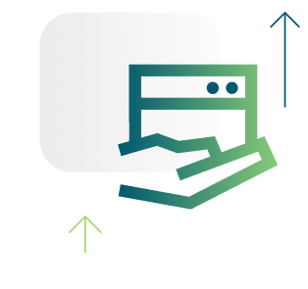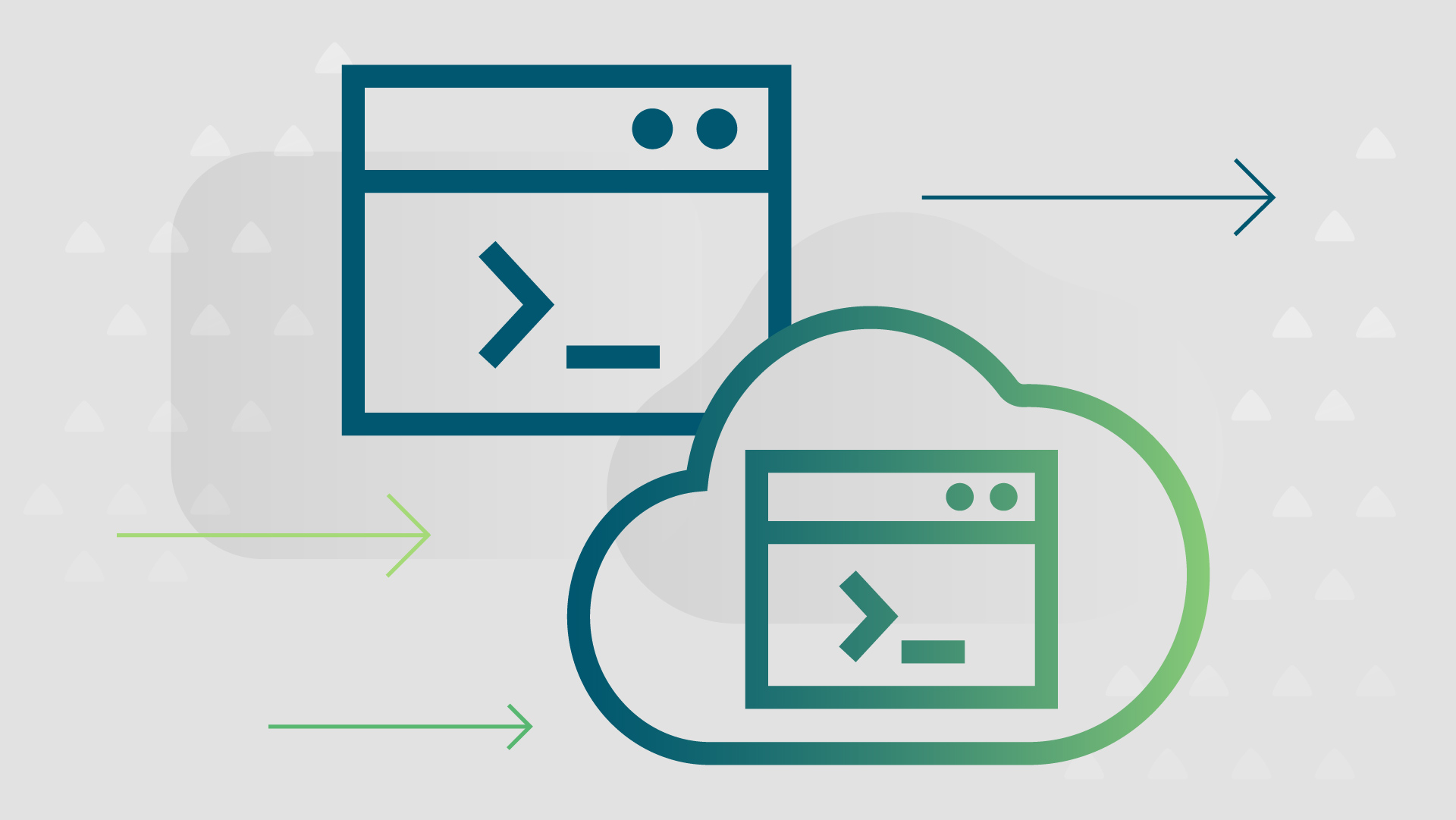There are a number of reasons why organizations refuse to move on from legacy applications.
Comfort, longstanding reliance, fear of disruption—these are just some of the many reasons that can lead to a stubborn refusal to embrace the new and modern.
As a result, it’s easy for organizations to fall into the trap of putting too much effort into maintaining applications that should really be sunsetted. And doing so can lead to long-term technical debt, resulting in:
- Higher operating costs
- Less agile software development
- Increased complexity of applications
- Sacrificing application resilience and scalability
None of these results are welcome in today’s business environment, where speed and flexibility are increasingly the keys to success. Which is why app modernization should be top of mind—especially for companies looking to adopt the cloud or who are already making the move.
At a high level, app modernization allows organizations to leverage the foundation of legacy applications so they can better suit their needs.
Sometimes this process involves refactored large parts of existing software. Other times, it can mean converting the language of software itself or converting the software architecture from monolithic to loosely coupled microservices.
Before all this work can be done, however, there are a couple steps an organization needs to take in order to make its app modernization plans successful. These are:
1. Organizational alignment
App modernization is not a quick and easy process. While it’s certainly possible to simply “lift and shift” applications to the cloud, doing so only has the same application running in a different place without deliveringnew value from the application.
Because of this, it’s important for everyone within an organization with a say on the applications being used to agree to the idea—and the process —for modernizing those applications.
This can be difficult, especially when it comes to making the business case for modernization.
One way to tackle this problem is to highlight the critical importance of applications within an organization. Then, pivot to highlighting the fact that by modernizing applications the organization will be able to trigger significant cost savings by streamlining workflows, reducing development times, and reaching the market faster.
 2. Application audit
2. Application audit
Before kickstarting the app modernization process, organizations first need to audit their entire app portfolio to see where their needs are being met and where they can improve.
The overarching goal of this process is to determine which apps are the best candidates for modernization that will deliver the most value.
Then, once some options for modernization are determined, the focus needs to be on which route is best to make an application more efficient. This means asking questions like, Is there an opportunity to simplify an application for ease of use? Are there features that should be added? And Are there cloud or platform features that can be used to improve development velocity, app scalability or operations manageability?
Importantly, not every legacy application will be suitable for modernization. Some will have suitable off-the-shelf replacements that are already cloud native, others will require far too much refactoring to make modernizing them worthwhile.
3. Proof of concept

If there’s a common roadblock that keeps organizations from fully committing to app modernization, it’s trying to do too much all at once.
Again, app modernization is a long, evolutionary, and ongoing process. That’s why it’s critical that organizations start small and build upon success.
The key is to identify an application during the audit stage to act as a test pilot for modernization.
Organizations need to set goals and benchmarks for what they are trying to achieve with a modernized application—whether that’s greater speed, scalability, etc.—and then track their progress once the application has been modernized.
Get started with app modernization
One thing no business wants to be today is static. Technology moves fast, and the organizations that are able to adapt quickly are the ones that widen their competitive advantage.
App modernization is one of the pillars of achieving greater efficiency, cost savings, and increased innovation. Modern apps allow organizations to fully leverage the scalability of the cloud, while also streamlining workflows and removing the burden of legacy applications.
If your organization is ready to get started modernizing your applications and platforms to meet today’s business challenges, contact one of our experts today.
Categories
- Cloud Migration and Adoption
- Enterprise IT and Infrastructure
- Artificial Intelligence and Machine Learning
- Data Management and Analytics
- DevOps and Automation
- Cybersecurity and Compliance
- Application Modernization and Optimization
- Featured
- Managed Services & Cloud Cost Optimization
- News
- Workplace Modernization
- Tech We Like
- AWS
- Social Good News
- Cost Optimization
- Hybrid Cloud Strategy
- NVIDIA
- Application Development
- GPU




